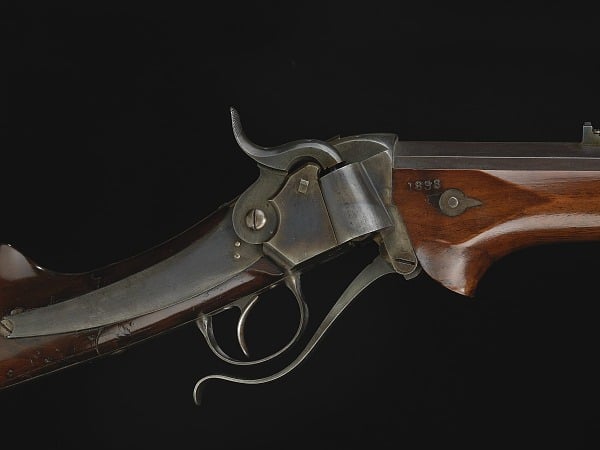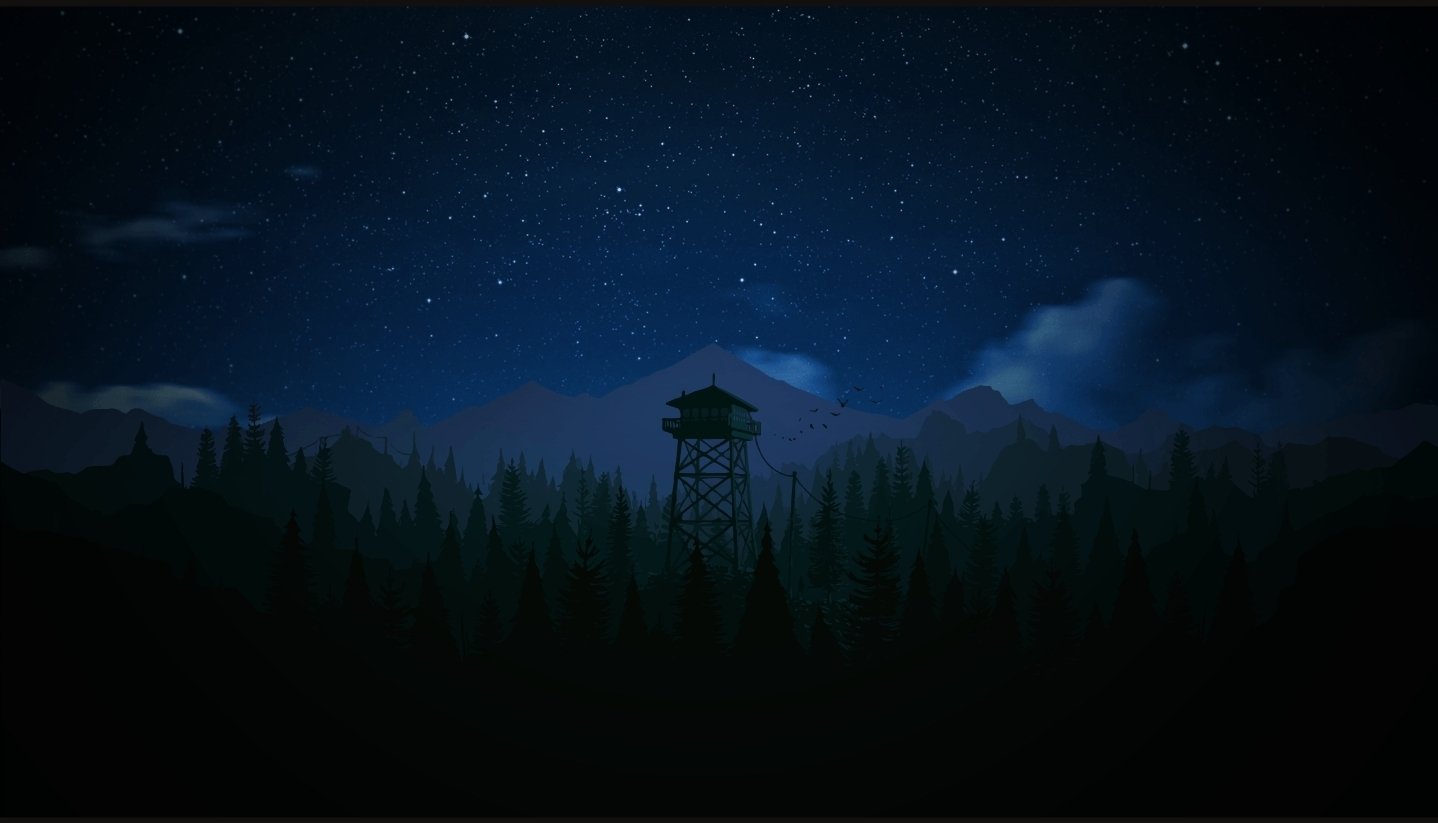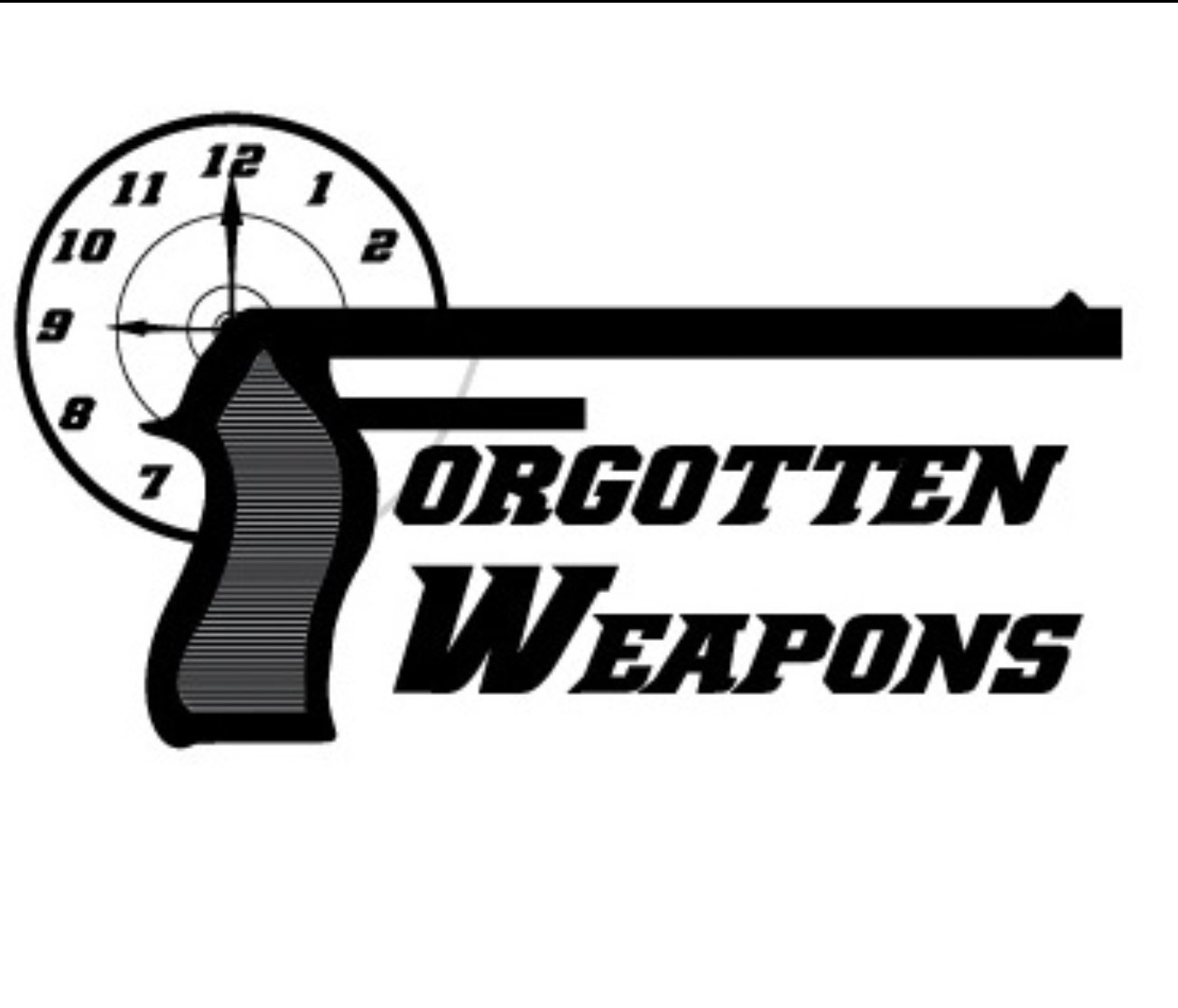- cross-posted to:
- shermanposting
- historyartifacts
- [email protected]
- [email protected]
- cross-posted to:
- shermanposting
- historyartifacts
- [email protected]
- [email protected]
This Sharps rifle bears no maker’s mark; it was made especially for John Brown. Brown carried this weapon on his Kansas campaign in 1856 and later presented it to Charles Blair of Collinsville, Connecticut. In 1857, Brown contracted Blair to forge pikes for the clandestine slave insurrection he was planning for Harpers Ferry.



A glorious instrument of freedom! Thank you for posting about it, I didn’t even know he used a special gun for the task, let alone that it still existed in such great condition!
Do you know where this holy relic of patriotism is now? I hope it is in a museum so I can go see it.
This one is in the collection of the Smithsonian, specifically the National Museum of American History.
Oh hell yeah! I was already going to that neck of the woods in a month anyway. Thanks!
Hope you have a good time in the Smithsonian, if you take any pictures of arms in their collection don’t forget to share them here.
Yes sir! I’ll be sure to!
John Brown is one of America’s first attempts to disassemble and reshape the public’s opinion of a story. One of the reasons we have so many surviving artifacts is because John Brown was actually held in high reverence by pretty much the entire population of the north. It wasn’t until later in history that he would be labeled as the equivalent of a lone wolf radical or extremist.
One of my favorite examples of this is the evolution of the song John Browns Body. A folk song written by union soldiers, it was the most popular song during the beginning of the civil war. Song
The song was eventually rewritten for being too coarse to Battle Hymn of the Republic. This song kept some abolition aspirations, but mainly focused on God and the Unions wrath. Song
The final evolution, Blood Upon the Risers is still sung today by paratroopers. It doesn’t have anything to do with abolition, but every time I hear it reminds me that John Browns spirit continues to march on. Song